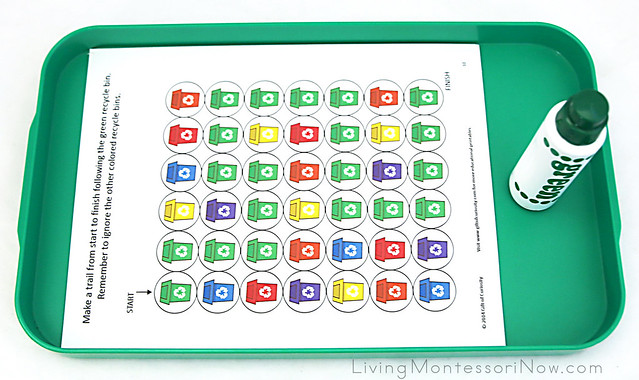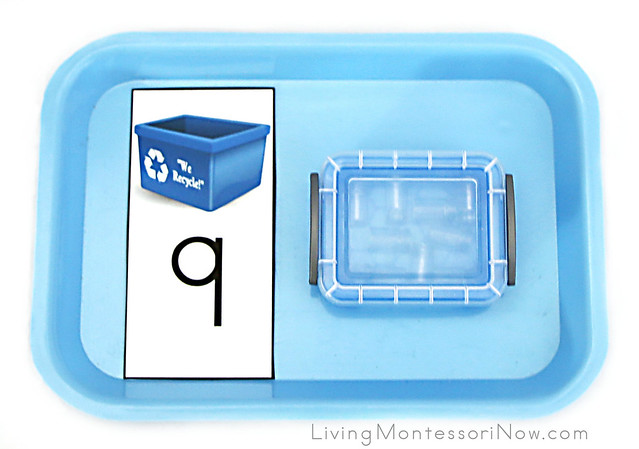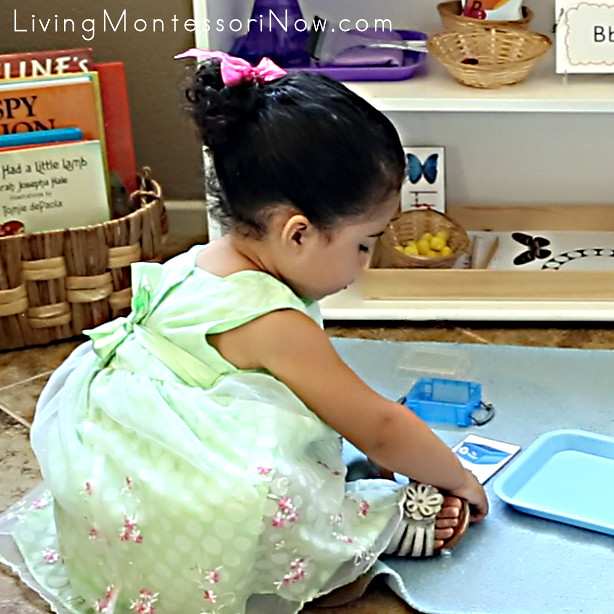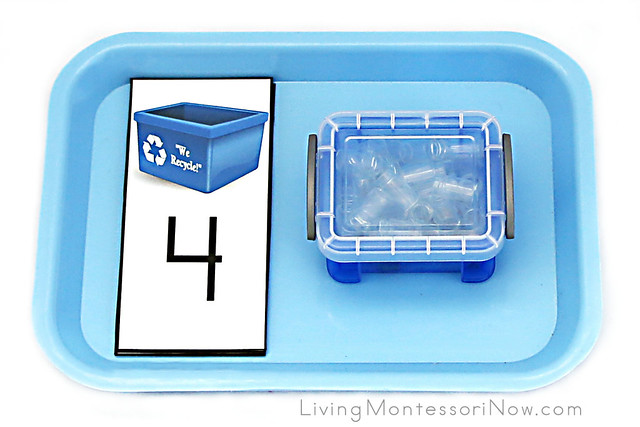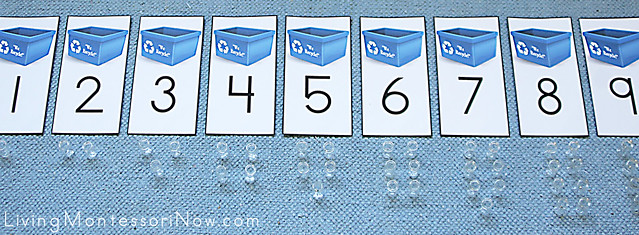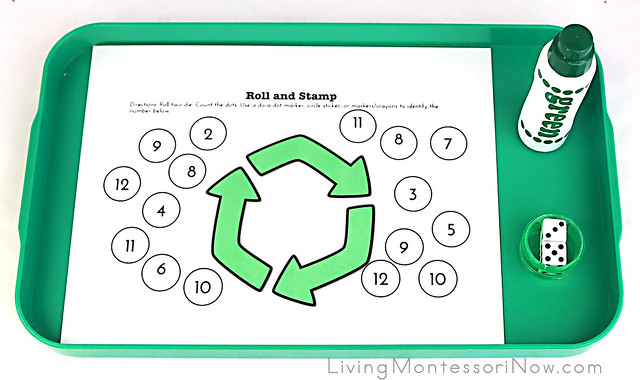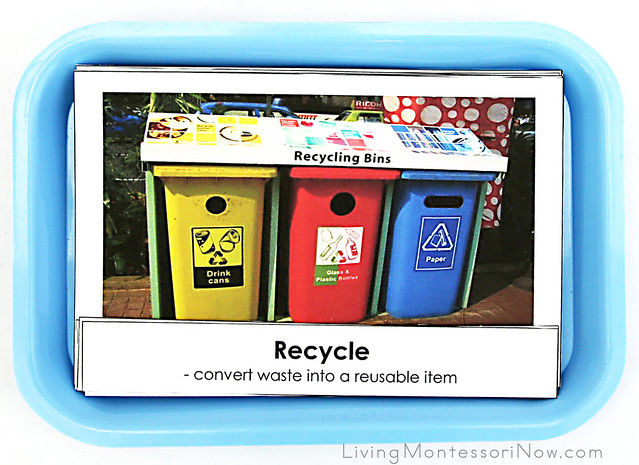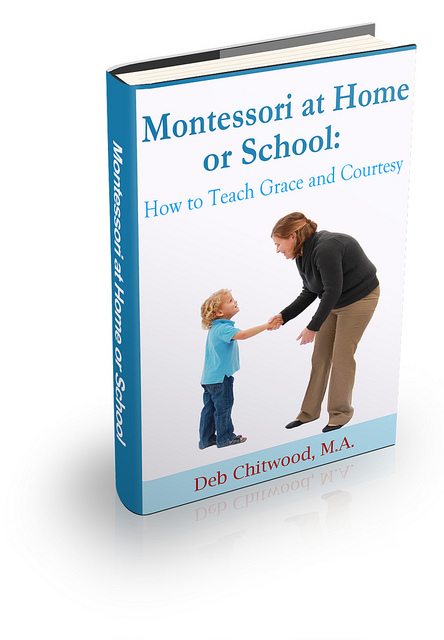
Hi everyone! Cheryl Hatch here from Preschool Plan It!
Can you believe the end
of the school year is so close? There is so much planning going on for
end of the year and graduation activities for the children, we sometimes forget
about our end of the year needs!
We all become so busy with the end of the year buzz that the things we need to
do for US becomes foggy and/or forgotten! One of these areas is
professional development.
Training can be fun or just something you feel you need to "get done". Please don't let it be the latter! We should always be learning, growing and networking in our field! It is what keeps our passion strong!
Last night, my husband and I got together with friends and decided to order Chinese food. My favorite part of this meal is the reading of the fortune cookies.
Okay, wait. That is not entirely true. The BEST part is the Crab Rangoon which is a meal in and of itself as far as I'm concerned! :) But the reading of the fortunes in the cookies is a close second! Here is what was in my cookie:
How true is that? Not only for the children in our care, but for US!!!!
My friends asked if I'll be lighting any educational fires. I shared with them that I will be going back to school next year to complete my M.Ed. So how timely that THIS was in my cookie last night! :)
But that is next year. This year, I have many courses I want to take!
For your program, your own college classes might qualify for in-service hours. They might not. But, don't limit your learning based on what you "need" to get! Light A Fire! It's the only way to remain an advocate for the children you work with!
You may need to have state approved trainings
or find trainings on your own.
Your program likely has a
set requirement with regard to the number of hours of training you need to
receive.
First, however, you need to know where you stand and which
areas you want to learn more about
There are many places
online that provide such trainings, including my website.
I want to share all of
these resources with you to help you get started NOW to find trainings.
1. Articles
and/or Books
Choose
a selection of articles or a book that focuses on an area you want to
develop in.
Read it (on your own or as a small group with co-workers).
Write a review that discusses what you learned, how the information will
help you in the field and list 3 ways you will put the information learned into
action in your classroom.
2. Live
Workshops & Trainings
Check your area
associations (NAEYC, AEYC for your state, etc.), hospitals and other facilities
for training opportunities.
I have listed many
suggestions on where to find articles, my favorite staff book training
studies and where to look for local workshops and trainings on this page in the Preschool Director section of my website.
Also, be sure you are tracking your workshops! Looking at what you have participated in at a glance will help you determine which areas you want to focus on next!
I've put together a free,
1-page download for you to use to track your annual training hours.
Again, you'll find the ideas
from this post on my Professional Development Ideas page here as well!
3. Online Trainings from Yours Truly!
Yes, bit of a shameless plug. ;) In addition to the links and suggestions I have for you on the pages listed above, I also offer 2 trainings on my website.
They each in a self-study format, meaning you complete the activities at your own pace and you are provided a 4-hour certificate of completion when done.
Math in the Preschool Classroom will help you to:
Define math.
Learn the basic math process skills that preschoolers develop through math activities.
Learn how teachers have traditionally presented math to preschoolers and how you can do so in a developmentally appropriate way.
Learn how to assess your current students’ math skills.
Learn how to set up a Math Interest Area in your classroom.
Learn math activities to implement throughout your classroom.
Plan math activities for each interest center in your own classroom.
Science in the Preschool Classroom will help you to:
Define science.
Learn how to set up a Science Interest Center in a preschool classroom.
Learn to plan informal and formal science learning activities.
Learn the basic process skills that children discover through science activities.
Become familiar with the general science areas.
Learn ways to implement science throughout your classroom.
Begin writing a science based theme for your classroom.
These workshops may or may not qualify in your state for in-service hours. (You can read the state listing on the page to find out).
Summary
NOW is the time to start looking and planning your hours so that you are not in panic mode at the end of May trying to complete those last few hours of training!
Check out the pages I listed above to get started finding either online, live or book study type trainings now!
Happy searching, planning and learning!
Cheryl
About the author
Cheryl Hatch has taught and directed preschool programs for over 20 years. She is the Creator and Owner of Preschool Plan It, a website dedicated to sharing preschool themes, activities, articles and training with early childhood educators. She volunteers as the coordinator and teacher of the MOPPETS program in her town (a preschool program for the M.O.P.S.--Mothers of Preschoolers Program). She has her undergraduate degree in Early Childhood Education. Cheryl has been an active, integral member and leader within the Teachers.Net Early Childhood community for many years, moderating live chats and providing peer support on the Preschool Teachers Chatboard. You can read Cheryl’s articles, activities and themed preschool lesson plans at www.preschool-plan-it.com






























